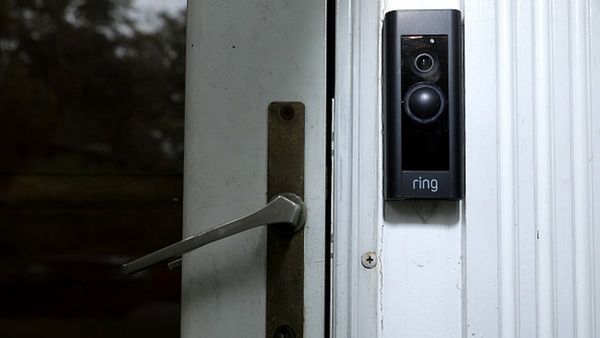
Visiting the Louvre has become a “physical ordeal” as the throngs of tourists, leaks and substandard catering take a toll on the world’s most-visited museum, its director has said in a leaked memo.
The document, written by Laurence des Cars for the French culture minister, Rachida Dati, but leaked to the media on Thursday, sounded the alarm over the state of the Paris museum.
Designed to welcome about 4 million annual visitors, the Louvre last year received more than double that number, with 8.7 million people – 70% of them from outside France – flocking to its famed galleries.
But in her memo, published on Thursday by Le Parisien newspaper, Des Cars, the first woman to head the gallery, was blunt in her view of what often greets visitors.
“Visiting the Louvre is a physical ordeal; accessing the artworks takes time and is not always easy,” she wrote.
“Visitors have no space to take a break. The food options and restroom facilities are insufficient in volume, falling below international standards. The signage needs to be completely redesigned.”
Concern over the crowds added to the damage seen in the museum spaces, some of which were in “very poor condition”, said Des Cars. In some cases, areas “are no longer watertight, while others experience significant temperature variations, endangering the preservation of artworks”, she wrote.
The memo acknowledged the French government’s current budgetary limitations but argued that the museum was in need of an overhaul that would probably be costly and technically complicated.
Even one of the museum’s newest additions – a glass pyramid designed by the Chinese-American architect Ieoh Ming Pei, inaugurated in 1989 and used by the French president, Emmanuel Macron, for a state dinner as the Paris Olympics kicked off in July – had “major shortcomings”, said Des Cars.
“On very hot days, the glass roof creates a greenhouse effect, making this space very inhospitable for the public who pass through and the agents who work there,” she wrote, adding that the acoustics of the area meant it was often noisy.
The memo also stressed the need to reassess how the Louvre’s most popular attraction, Leonardo da Vinci’s Mona Lisa, was presented. Last year Des Cars said the vast majority of the museum’s visitors, about 20,000 people a day, had braved the crowds to get a glimpse of the painting.
At the time, she speculated that the artwork could get a room of its own in hope of offering the jostling crowds a better view of Mona Lisa’s enigmatic smile.
Des Cars became head of the institution in 2021. Along with moving to impose a daily cap on visitors and extending the opening hours, she has been vocal about the museum reaching “saturation point”.
The leaked memo adds the Louvre to the list of flashpoints across the continent as officials across Europe grapple with the effects of overtourism.
In December, officials in Rome said visitors to the Trevi fountain would be limited to 400 people at a time, and in Greece authorities have implemented a time-slot system for the Acropolis to ease congestion, echoing a strategy already in place at Barcelona’s Sagrada Família basilica.
In Venice, long the continent’s dominant symbol of overtourism, local authorities have experimented with an entry charge for visitors.
The Louvre, however, has previously sounded the alarm over its swelling crowds of visitors. In 2019, after more than 10 million people visited the year before, staff at the museum went on a brief strike, arguing that their numbers were no longer sufficient to cope with the crowds.
“The Louvre is suffocating,” the Sud Culture Solidaires Union said in a statement at the time. “While the public has increased by more than 20% since 2009, the palace has not grown … the situation is untenable.”







